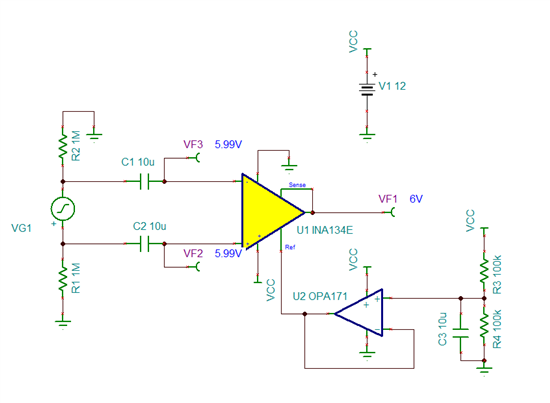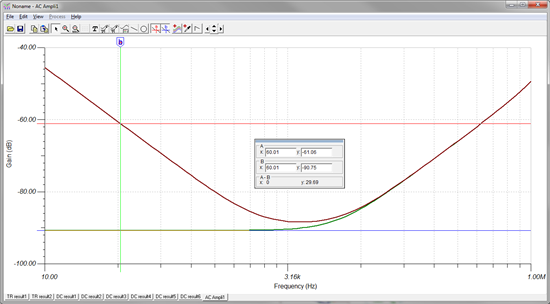Is it possible to use an INA134 or INA2134 (INA137/INA2137) with a single supply?
Either 5V, 12V, or 24V.
What would be the common mode and differential mode input voltage range if run from a single supply?
Example circuits/schematics are welcome. Thanks!



